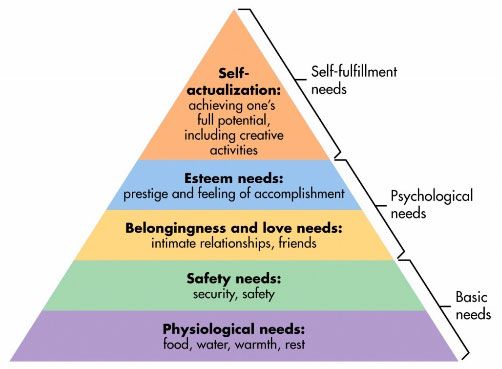When Dr. McCoy asked us to “find shelter” outdoors during our class the other day, I had an a-ha! moment. Having felt like the world had shut us out, and it was our job to protect ourselves from the weather and any other threats, including other people, the objective of this course clicked for me.
I took this class because I am an education major and I wanted to learn more about experiences my students may have had or have. I was placed in an inner-city Rochester school this semester for my practicum hours, which has differed from my suburban experiences throughout my education here at SUNY Geneseo. Taking this class while being placed in the city school have truly opened my eyes to poverty and the housing crisis in a different way than what my education textbooks have prepared me for. Although I have read hundreds, perhaps over a thousand, pages on homelessness and poverty affecting students, seeing it first hand has changed my personal education philosophy. How can a student pay attention to an equation on the board when he/she/they are not sure where they will be staying that night?
When both the alumni came to visit our class on Friday, the male had mentioned Maslow’s Hierarchy of Needs, which I am constantly reminded of in my education and psychology classes. Without having your basic needs met, you cannot focus on meeting the other tiers of needs, which are important to maintain balance. In order to achieve self-fulfillment needs (the top of the pyramid), one must first meet basic needs, then psychological needs, and finally self-fulfillment. Basic needs on the pyramid include physiological needs such as food, shelter, water, warmth, and rest, and the second tier includes safety and security. Without a stable home life, people cannot meet these basic needs.
The sixth students grade students I worked with this semester are intelligent, kind-hearted, and very funny, and I often find myself questioning how they can be so cheery while their basic needs are not being met. I admire each of them. One student had told me that he will never go to college because his parents did not have the money to send him. I told him how there are scholarships and various other ways that he could still attend (at the time free-tuition was not established, but now that too!). After visiting SUNY Geneseo on GREAT Day, all of the students told me that their goals were to attend this college, and if not this one, another one. Having the exposure to Geneseo has excited them about furthering their education, which as an education major and supporter of these students’ successes, I was thrilled to hear.
Being in the inner-city schools has changed my outlook on education, and, attempting not to sound cliche, life. The students I have worked with were primarily of color. My cooperating teacher informed me that 50% of the students have at least one parent who is incarcerated. Three students in her classroom are homeless, and move from house to house depending on the day. She helped me realize that handing in homework assignments is not most important to these students because their basic needs are not being met. This educational placement, and this English course, have opened my eyes to the privileges I have that I take for granted.

